There are four UNESCO (United Nations Educational, Scientific, and Cultural Organization) world heritage sites in Albania. There are also four sites on the UNESCO tentative list.
The ancient and historical city known as Butrint was the first site from Albania to be added to the list. It was inducted at the sixteenth UNESCO meeting session in 1992. The historical center of Gjirokastër had been added to the list of world heritage sites back in 2005. It was scored as the museum city of Gjirokastra. The culturally and historically important center of Berat was included in the list of sites in 2008. It was a contribution to the formation of Historic Centers of Berat and Gjirokastër.
As recent as 2017, the Gashi River and the Rrajcë areas were also added to the sites’ list. They are written as a part of the Ancient and Primeval Beech Forests of the Carpathians and Other Regions of Europe. These regions of Europe are shared with around 11 other countries as well.
The Natural and Cultural Heritage of the Ohrid region that has existed since 1979 was expanded in 2019 to incorporate the coast’s Albanian portion.
World Heritage Sites
1. Butrint National Park
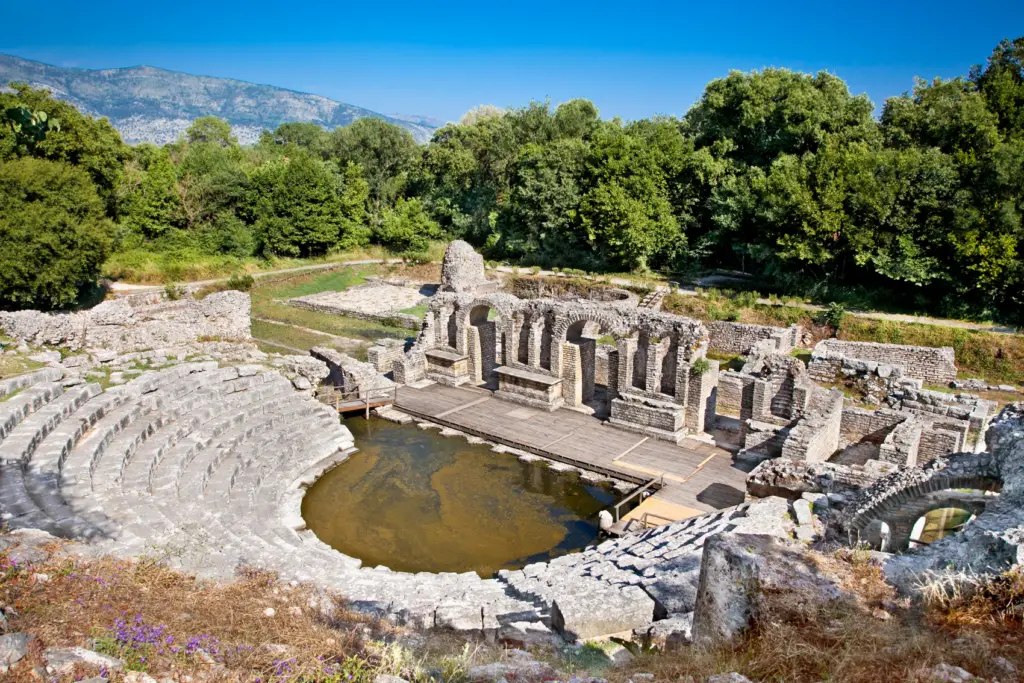
Butrint National Park is located in the south of Albania near Ksamil and the border of Greece. It was listed in the UNESCO World Heritage Sites in the year 1992. Butrint is the most visited UNESCO Heritage Site in Albania.
This used to be an ancient Greek city until it became an ancient Roman one. Butrint faced a period of abandonment where there was no civilization or ruling in the area. After that period of abandonment, it was once again ruled by the Byzantines, the Venetians, and the Angevins. Then it was abandoned yet again in the years of the Middle Ages.
Butrint has several major Greek sites that have cultural and historical importance. These include a Greek theater, an ancient basilica from the ninth century, a very antique and old baptistry, and many fortifications from Greek rule times until the abandonment in the dark Middle Ages.
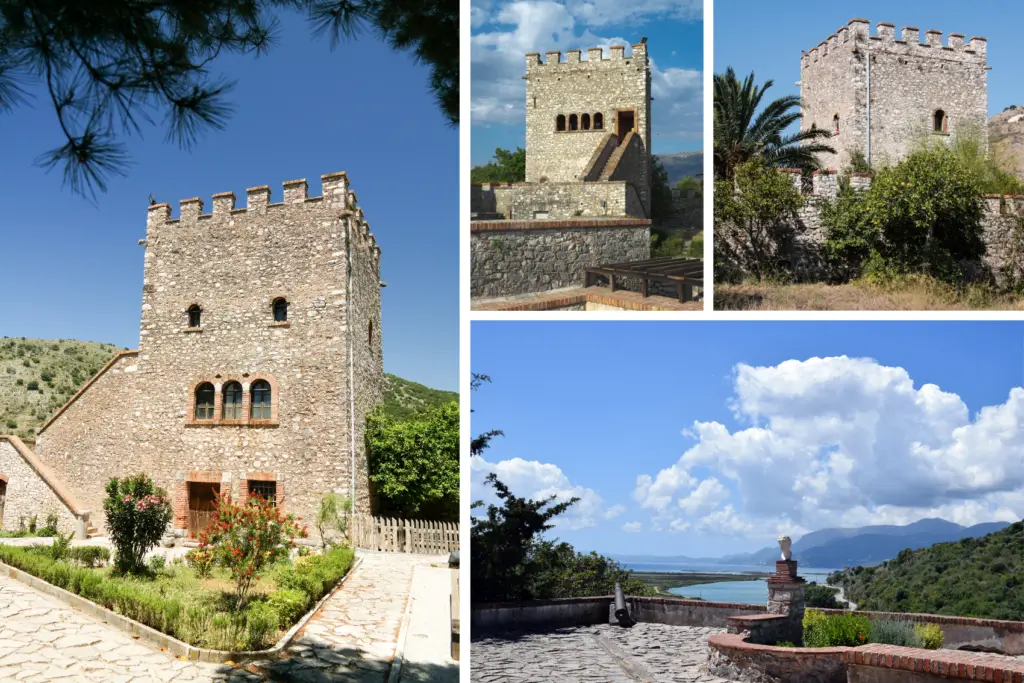
In 1920 The Venetian Castle located on a small hill on the north side of Butrint National Park was restored. The Venetian Castle Archaeological Museum opened in 1938.
2. Historic Centers of Berat and Gjirokastër
Berat and Gjirokastër were listed as part of the UNESCO World Heritage Sites in 2005. Berat and Gjirokastër have been included as a part of this list and are rare in having the kind of architectural sites that were typically a part of the Ottoman period.
BERAT
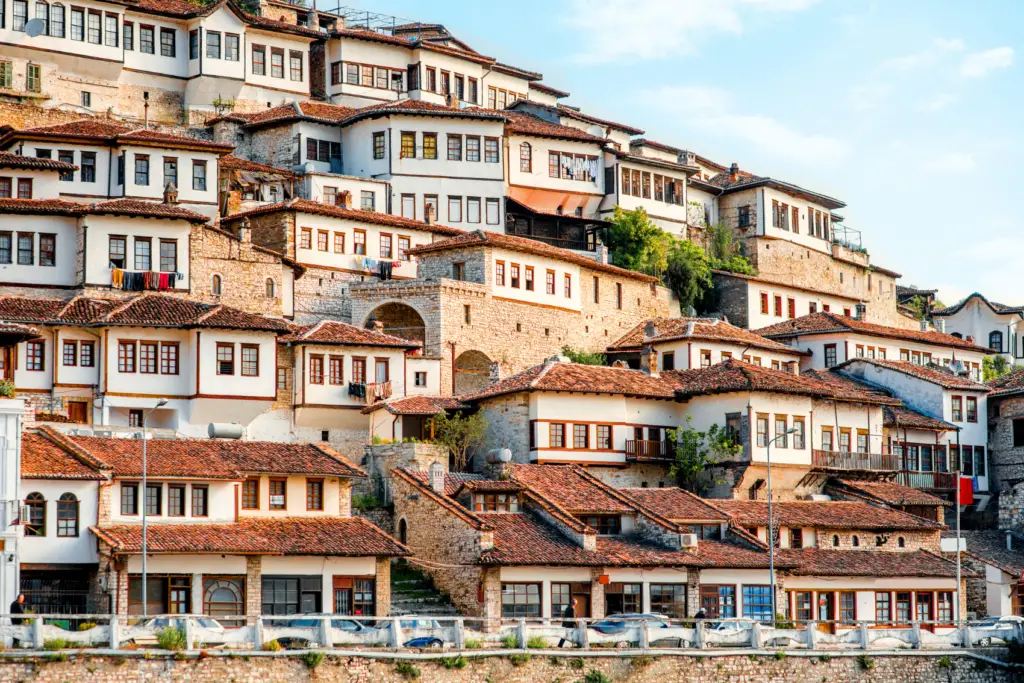
Berat is known as the “City of 1000 Windows.” It had been subject to the experience of many diverse cultural and religious communities and societies in past centuries. There is a castle in Berat that was built back in the 13th century.
The origins of the Berat Castle have been dated back to the 4th century BC. There are also many Byzantine churches in the citadel area. These date back to the 13th century. Apart from churches, there are mosques here as well that were built around the 15th century.
GJIROKASTËR
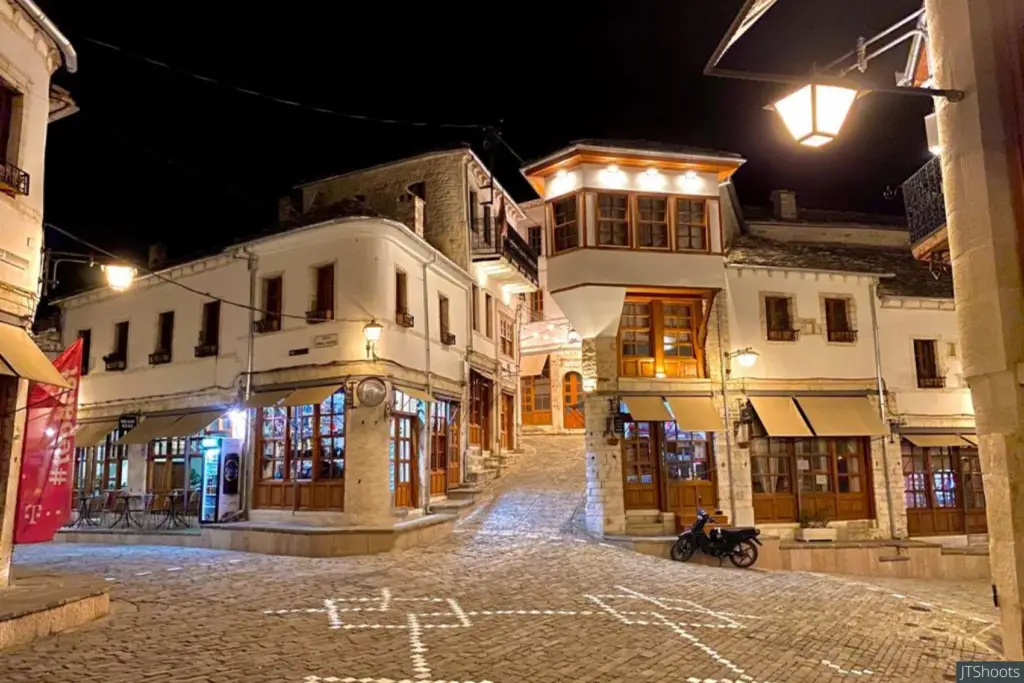
Gjirokastër is known as “The UNESCO City of Stone.” There is a collection of double-story homes that had been built during the 17th century. Gjirokastër also has a bazaar in it. There are a mosque and two churches from the 18th century here also.
3. Primeval Beech Forests of the Carpathians and Other Regions of Europe
This site is in the region of Kukës and Elbasan. It was added to the UNESCO World Heritage Sites list in 2017. This is a shared site, known as a transnational site. It is shared with Austria, Belgium, Bulgaria, Croatia, Germany, Italy, Romania, Slovakia, Slovenia, Spain, and Ukraine.
This site features the Gashi River situated in Tropojë, in Albania’s northeastern region, and the ancient beech forests of the Rrajcë in the Perrenjas located in Albania’s central portion. These areas exhibit the forests’ postglacial expansion progress and demonstrate the most enhanced and fully developed ecological patterns of the pure and intermixed stands of the European beech across various environmental conditions.
4. Natural and Cultural Heritage of the Ohrid Region
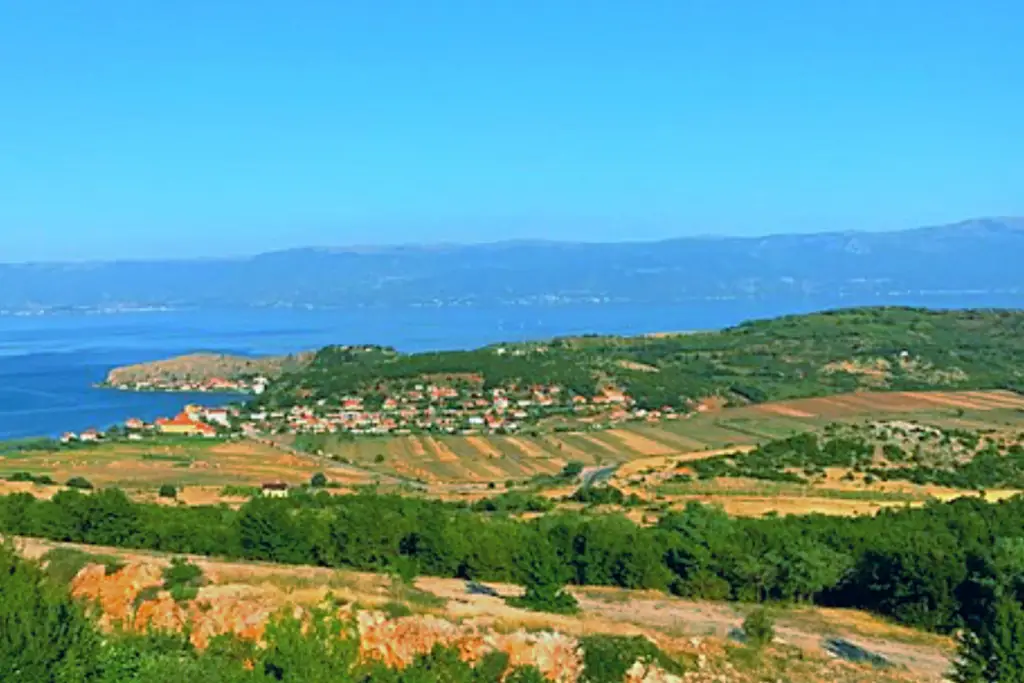
This site is in the Korçë region. had been added to the list of UNESCO World Heritage Sites in Albania in the year 2019. The Ohrid Region is the most recent site from Albania to be added to the list. This is an extended part of another site included in the North Macedonia region in 1979.
The area in this site surrounding the town of Pogradec situated on the shored of the Lake Ohrid was once entirely inhabited by the Illyrians back in the 5th century BC. It was then later owned by Romans, and after the Romans, it was occupied by the Slavs. A Roman road in this site, Via Egnatia, gives significant coverage over the knowledge of a vital passage route in this area.
Christianity presence is confirmed on this site due to the evidence from Lin’s paleo Christian church’s ruins. It has floor mosaics that reveal the Christian values and historical significance of the area. Pogradec is a beautiful historical center, and it gives a perfect representation of the 19th and 20th-century vernacular architecture in Albania.
Pending World Heritage Sites
These are the four UNESCO World Heritage Sites in Albania. In addition to the four current UNESCO sites, a tentative list features the sites that hold nominations for the Heritage site list. This is because a site can only be considered for becoming a World Heritage Site if it was previously up as a nominee on the tentative list. From the records of 2018, there are four sites in the tentative list.
1. Amphitheater of Durrës
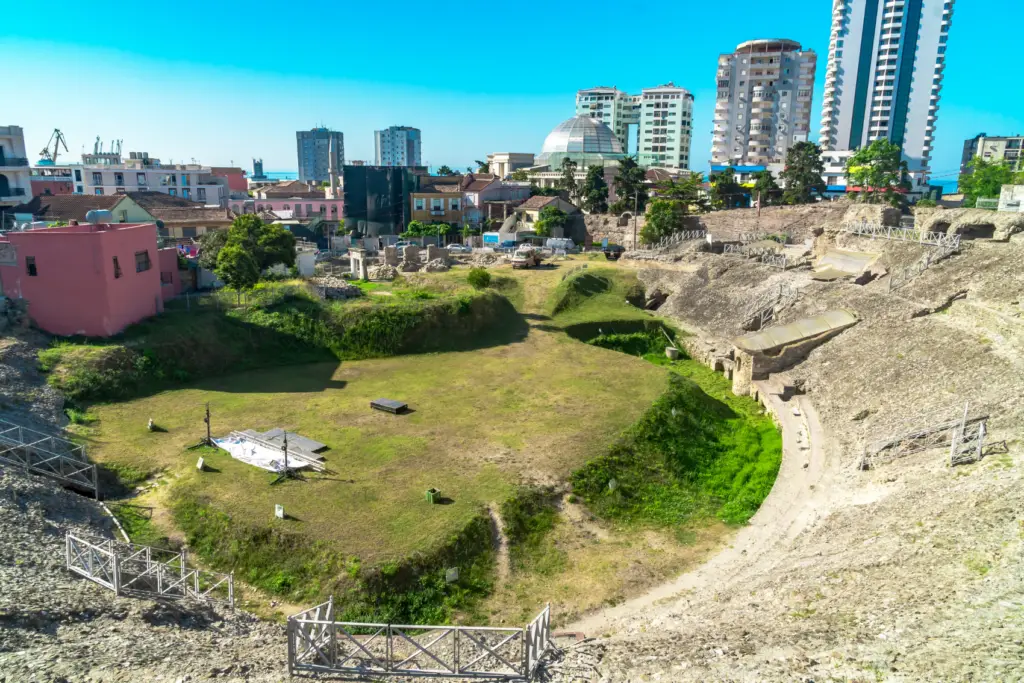
The Amphitheater of Durrës was listed as a nominee on the tentative list in 1996. This site features a Roman amphitheater that is the largest one in the Balkans. The shape of the amphitheater is elliptical, and it has the capacity to hold up to twenty thousand people. After its abandonment by the 4th century AD, the amphitheater served as a site of excavations since the 1960s.
2. Royal Tombs of Selca e Poshtme
Royal Tombs of Selca e Poshtme is in Korçë county. It was listed as a nominee in 1996. This site holds these tombs near the village of Selca e Poshtme. These are Illyrian tombs near the town of Pogradec, also near Selca e Poshtme. These tombs are believed to have been built in the 3rd century BC. The tombs were carved into the rock. They were first built for the Illyrian Kings but were later reused for other purposes.
3. The Ancient City of Apollonia
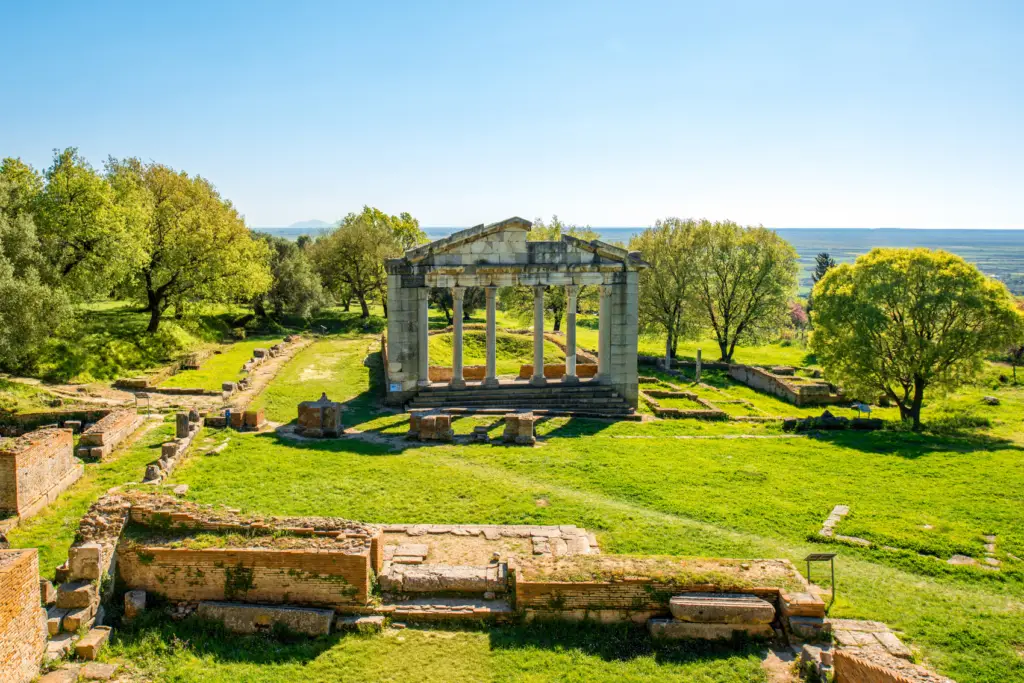
The Ancient City of Apollonia is in Fier. It was added to the tentative list of UNESCO World Heritage Site nominees in 2014. It was a Greek city founded in the 6th century BC by the Greek colonists from Corinth and Corfu. It was a thriving city by the 4th century BC.
It also became a significant economic and trade gateway in the 2nd century BC. By the time the Romans came to rule, this city was an important way to the Via Egnatia. Via Egnatia was a road built by the Romans passing from what is now Durres, Albania through North Macedonia, Greece and Turkey.
Over time, the city has had a distinct Greek style while having hints of the Illyrian style. In the Medieval era, Butrint was ultimately abandoned.
4. The Castle of Bashtova
The Castle of Bashtova is in Tirana and was added to the tentative list of UNESCO World Heritage Site nominees in 2017. The castle is a medieval quadrangular fortress.
According to Ottoman records, the castle was built by the Venetians to protect routes. The Ottomans eventually conquered the castle in the year 1478. They also altered the structural components of the castle. Some of the original features of the castle are still preserved today.
****
You can visit the UNESCO World Heritage Sites in Albania with a tour company or on your own. To see a list of tours click here.
Recent Blog Posts
This post contains affiliate links. At no additional cost to you I may earn a commission if you make a purchase.

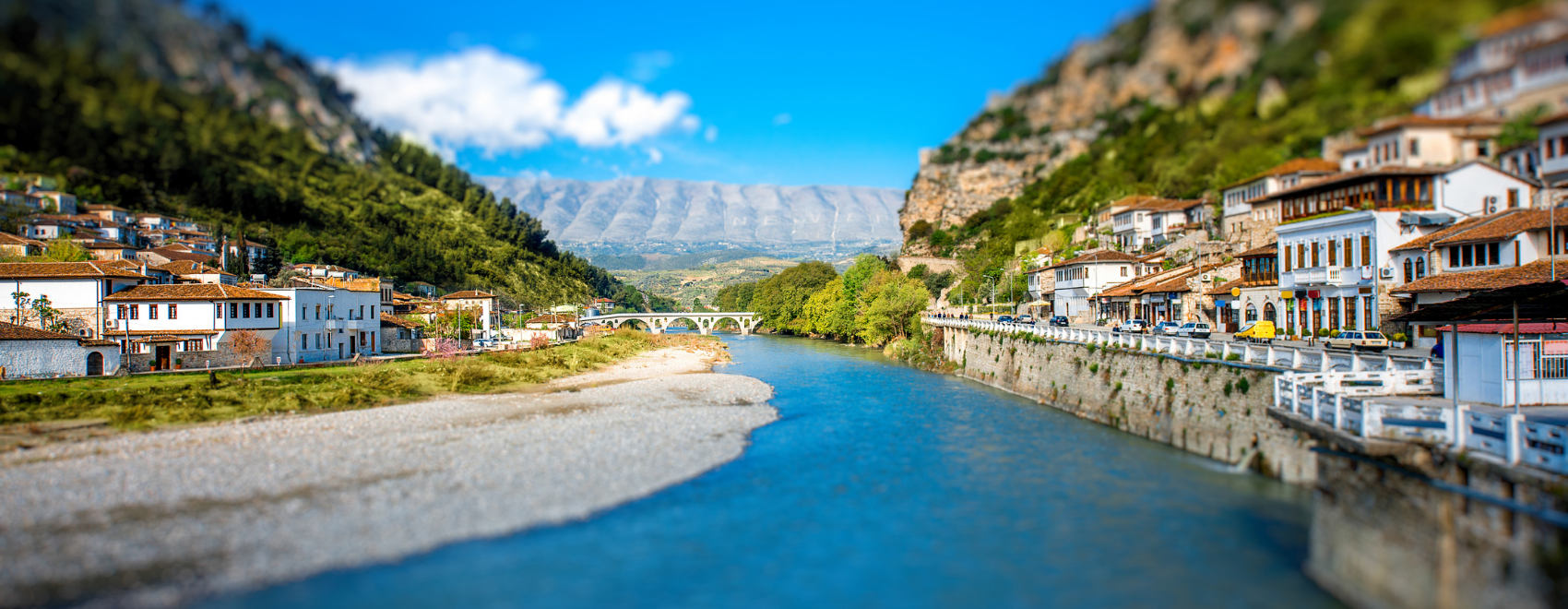
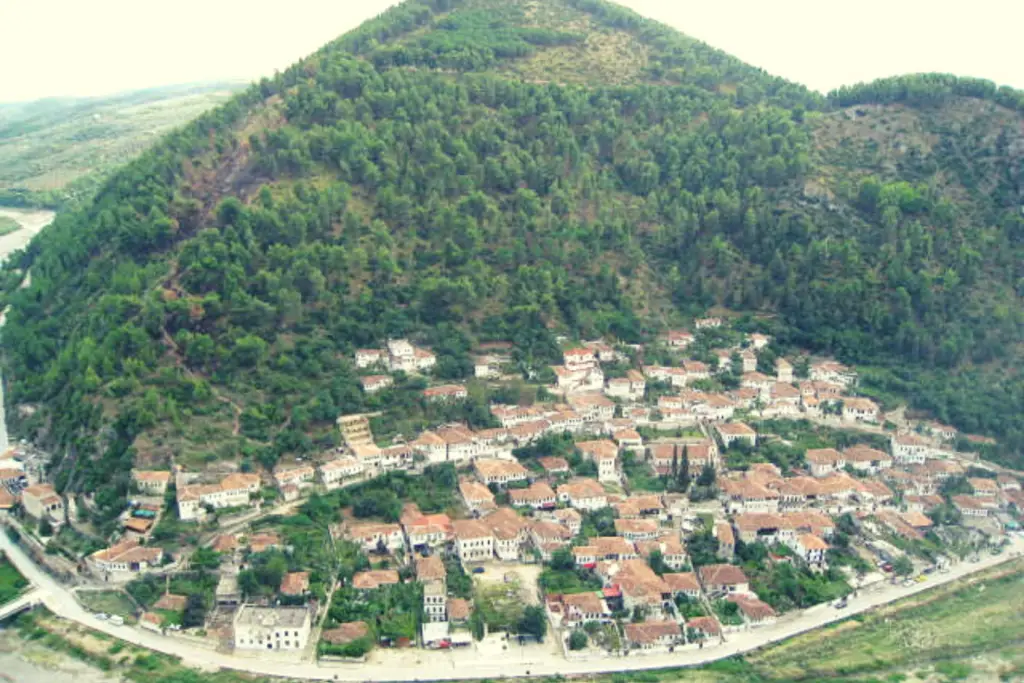
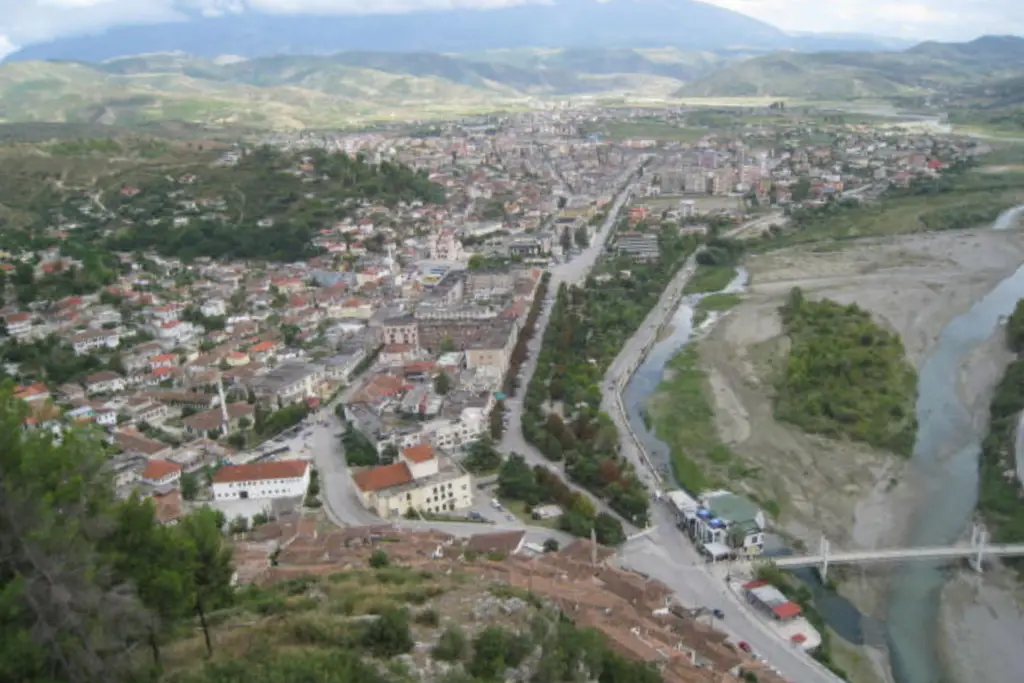
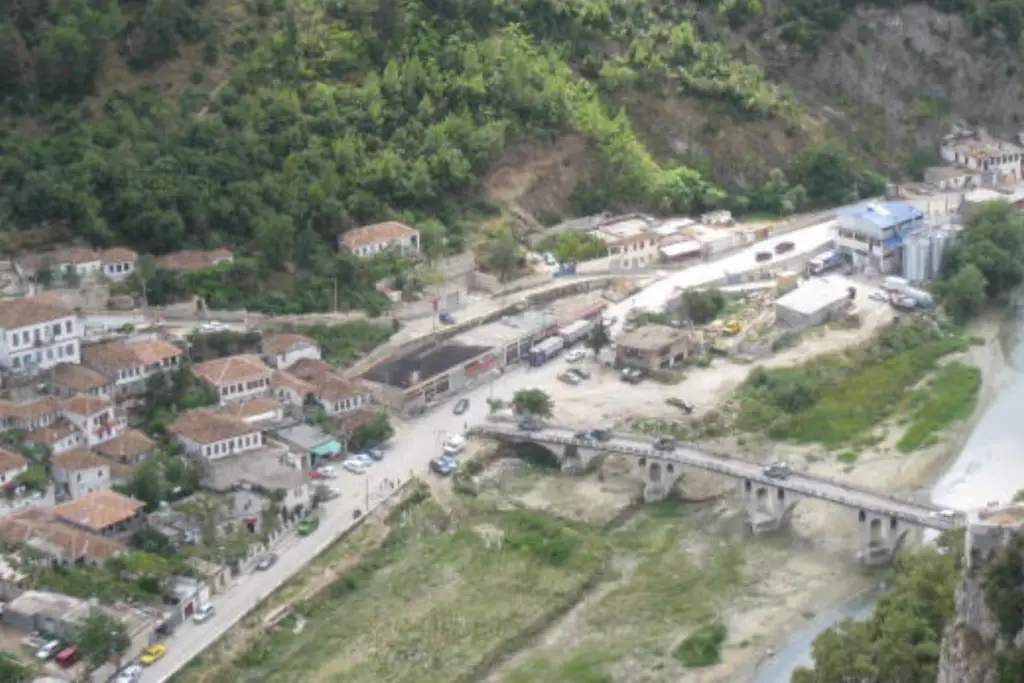
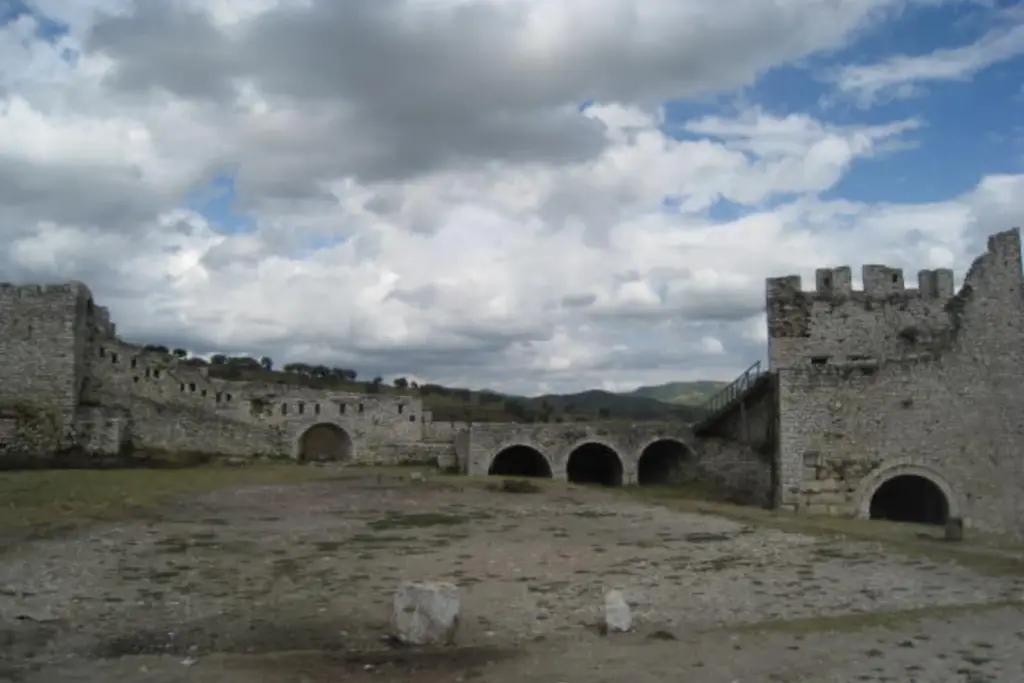
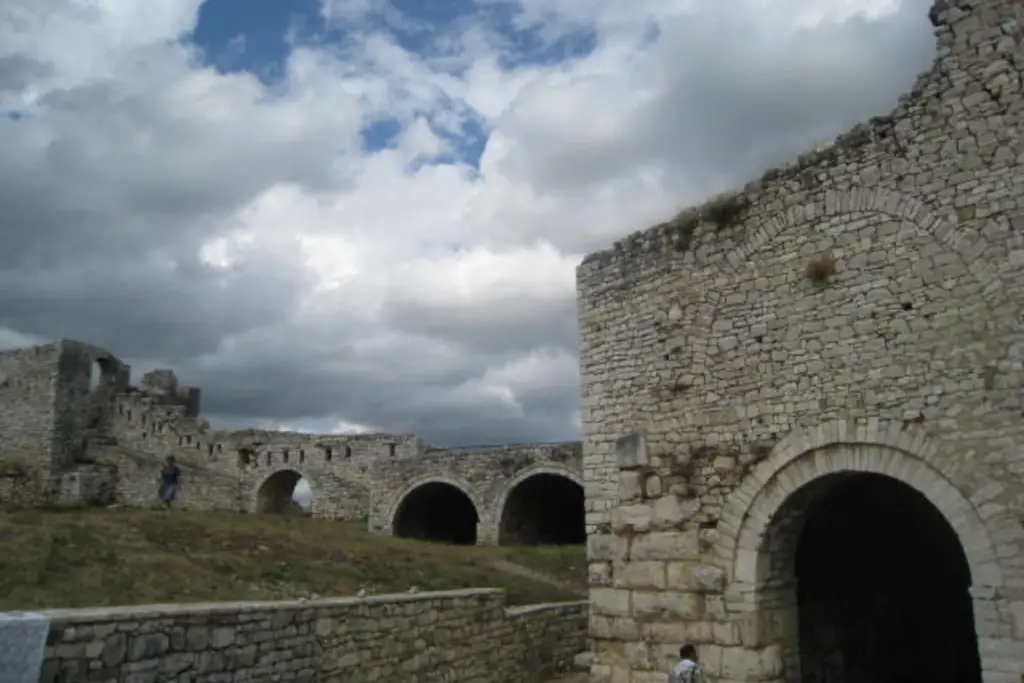
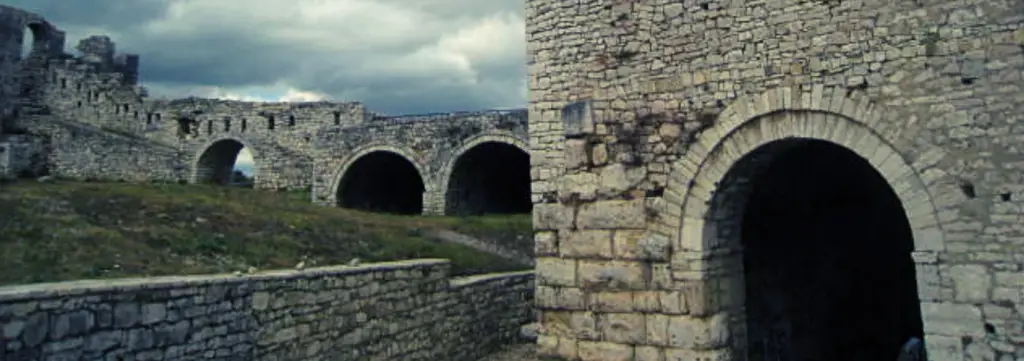
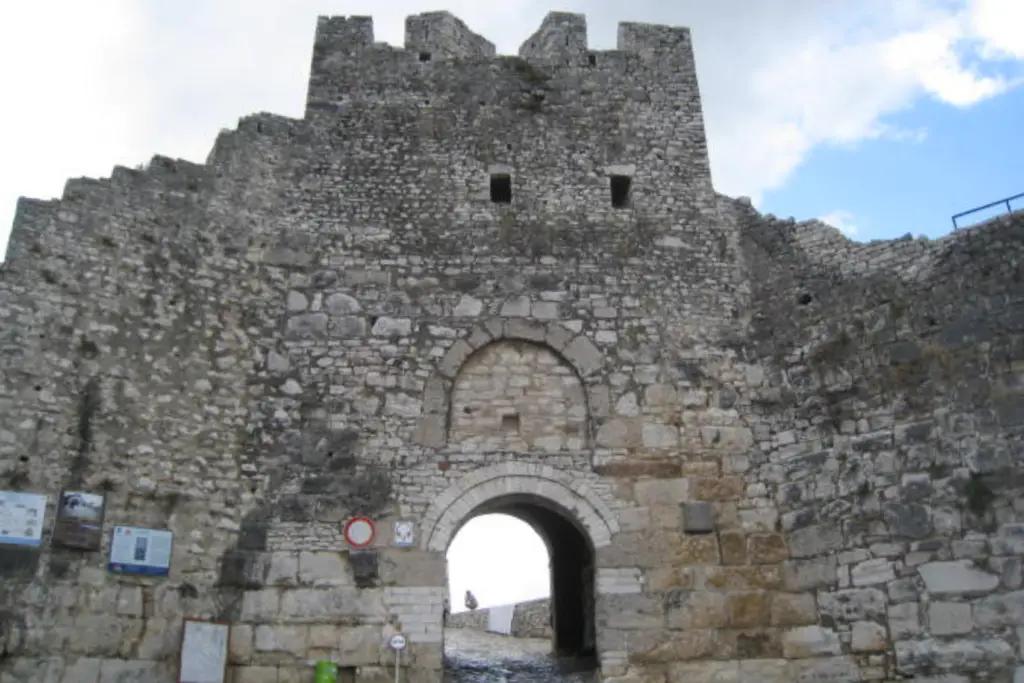
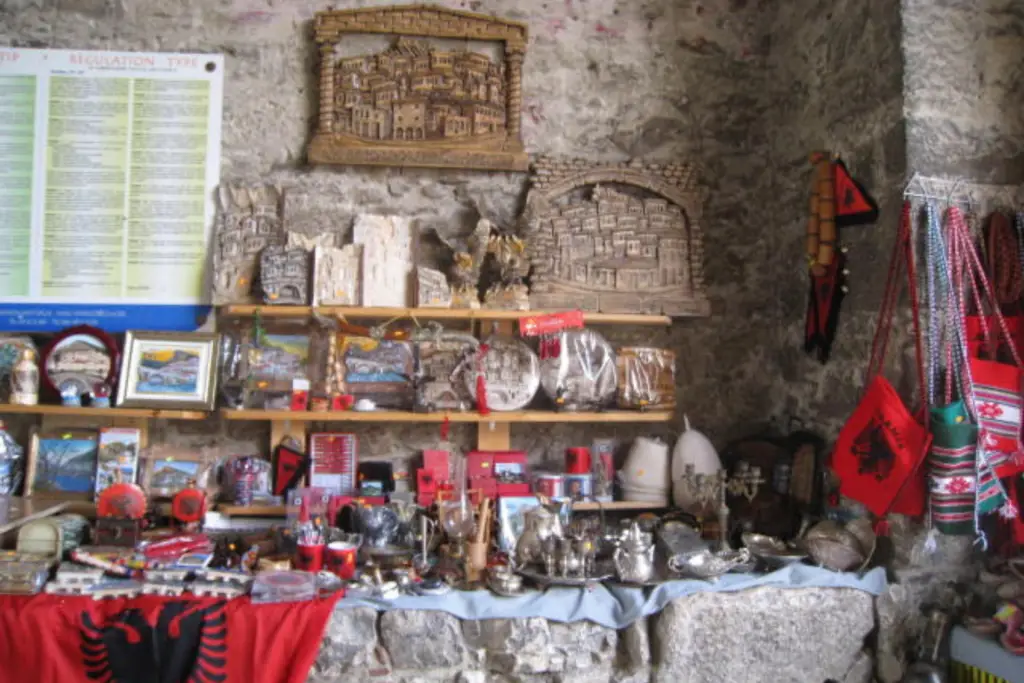
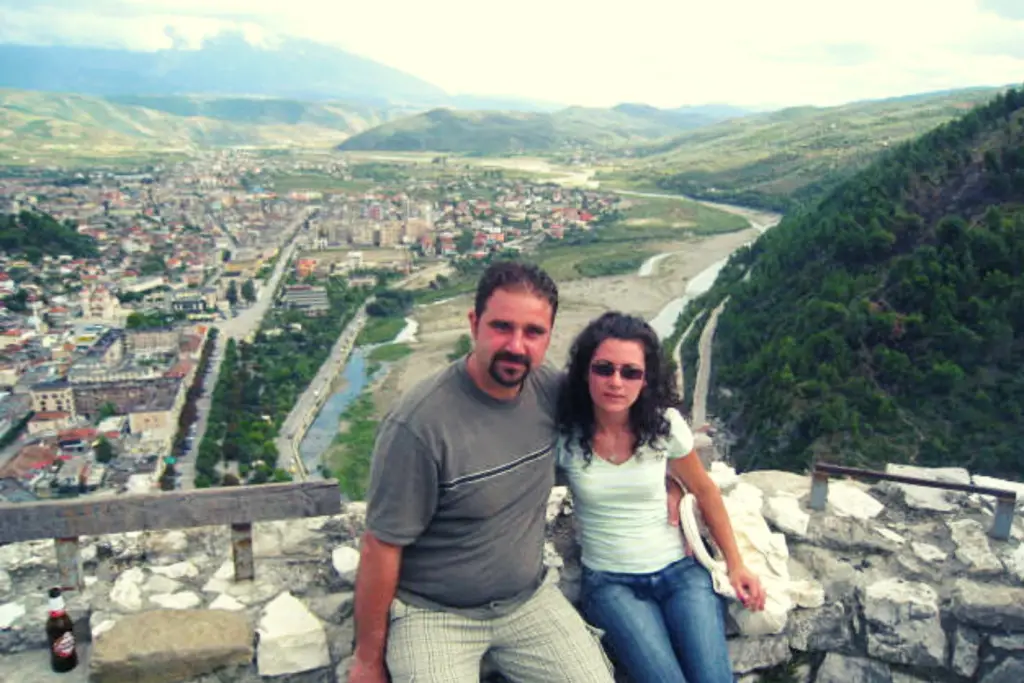
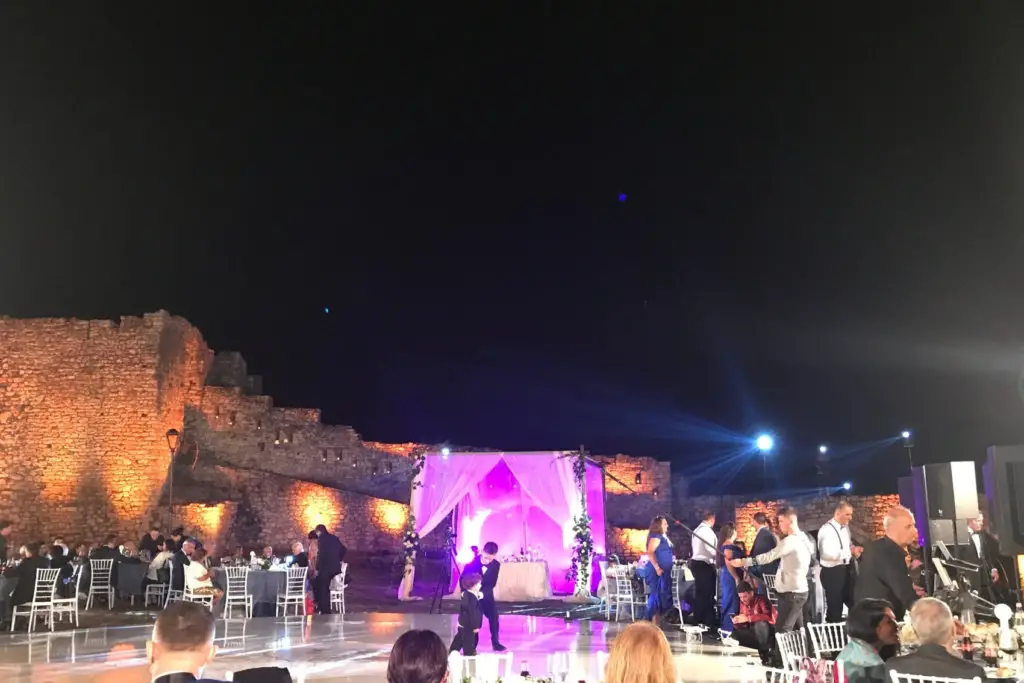
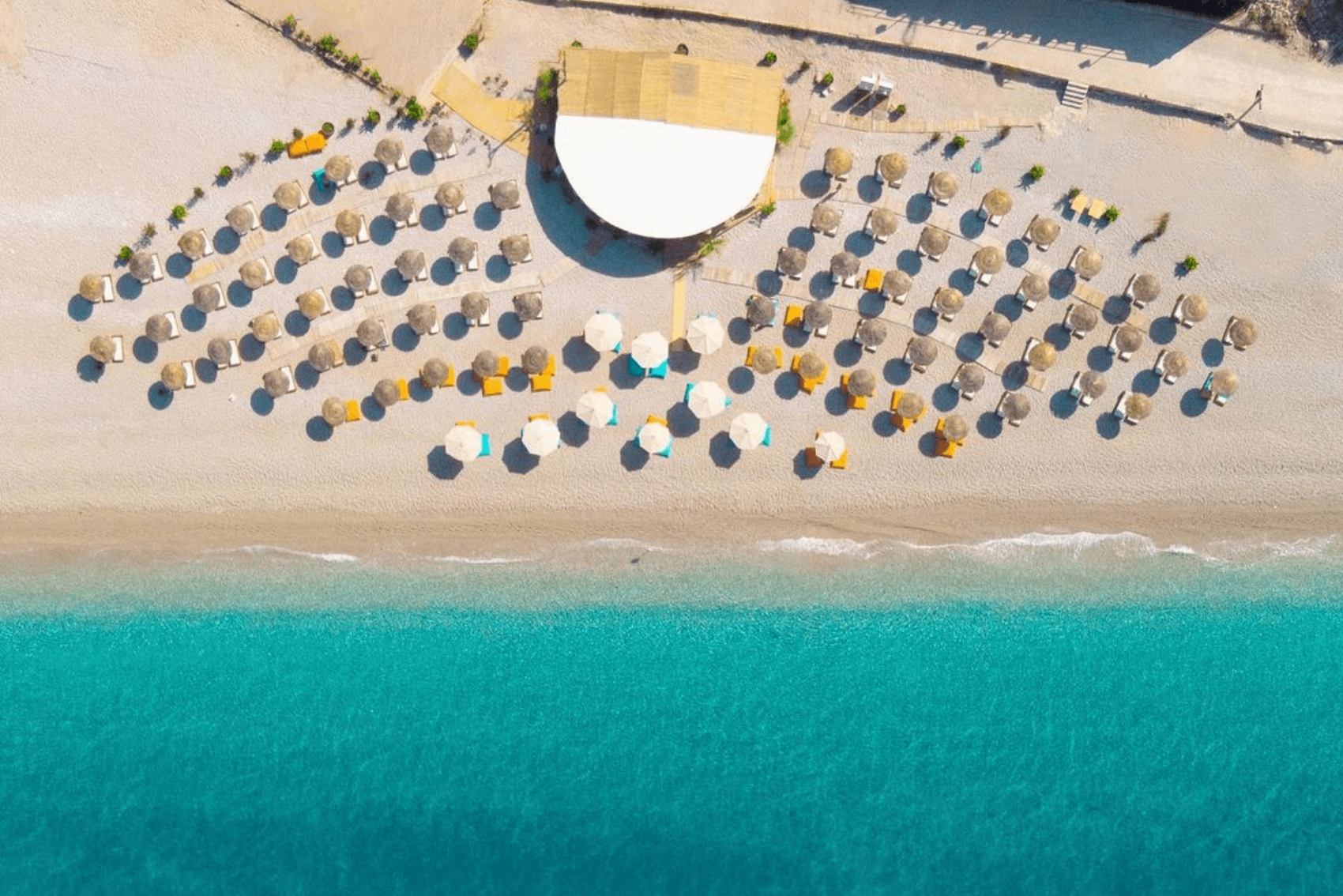
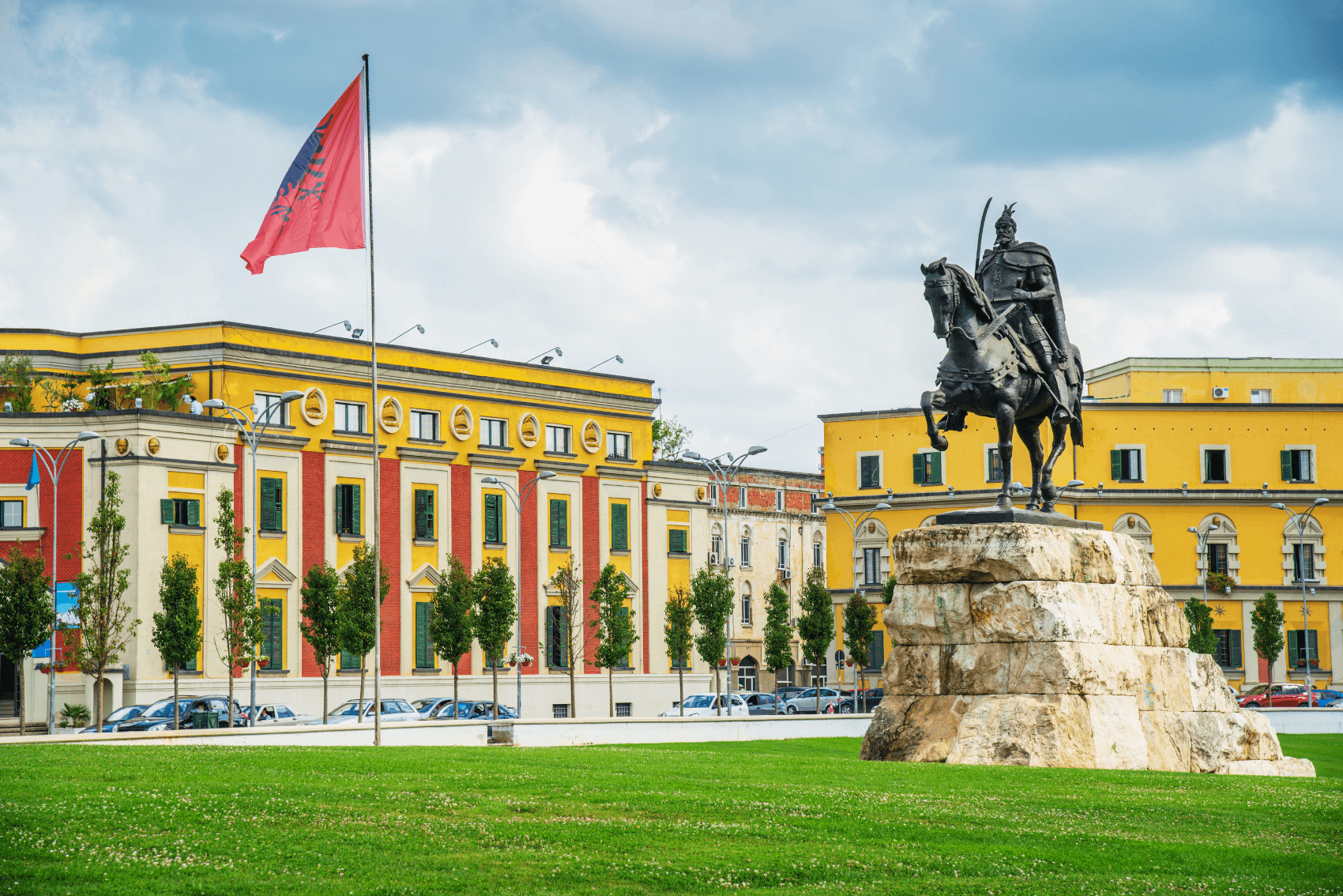
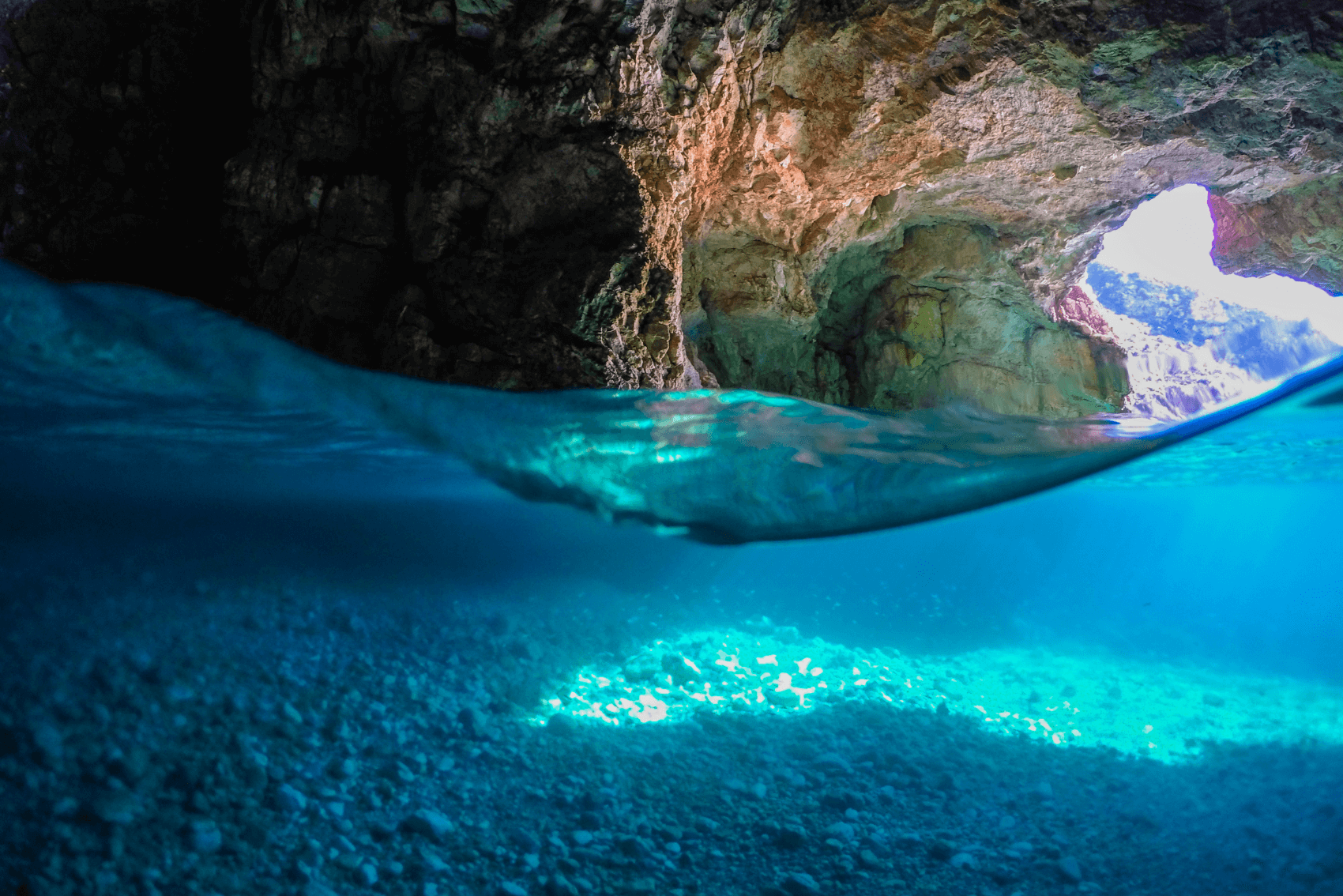
[…] For more information read blog post: UNESCO World Heritage Sites In Albania […]